Home>Furniture & Design>Interior Design Trends>How Do Glass Eyes Work
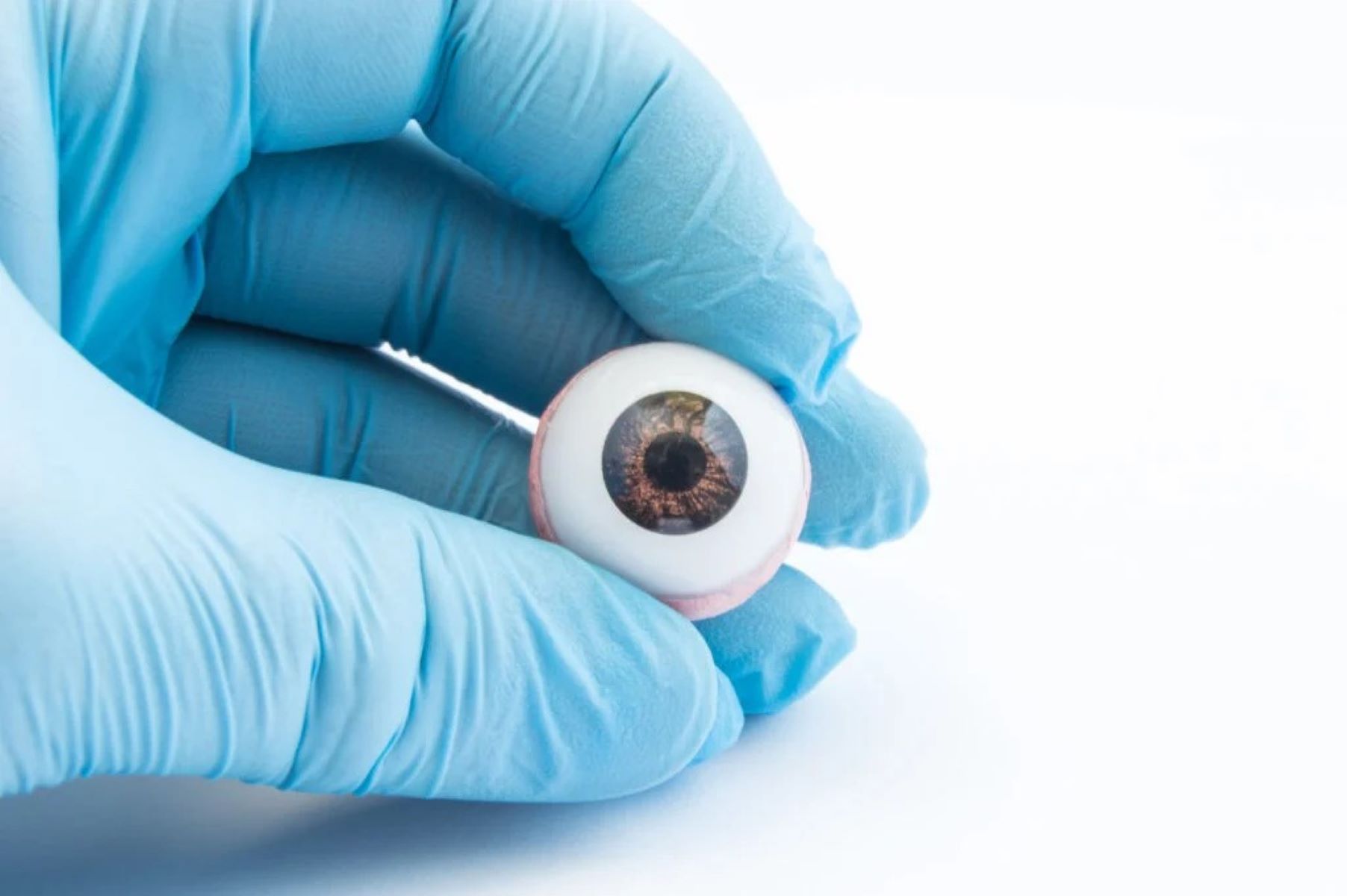

Interior Design Trends
How Do Glass Eyes Work
Published: February 6, 2024
Discover the latest interior design trends and learn how glass eyes work. Explore innovative ideas to elevate your space with our expert insights.
(Many of the links in this article redirect to a specific reviewed product. Your purchase of these products through affiliate links helps to generate commission for Storables.com, at no extra cost. Learn more)
Introduction
Glass eyes, also known as ocular prosthetics, are remarkable creations that have played a crucial role in restoring confidence and normalcy to individuals who have lost an eye due to injury, disease, or other reasons. These intricately crafted artificial eyes are designed to closely resemble the natural eye, both in appearance and movement, providing a sense of wholeness to those who wear them.
The art and science behind glass eyes are truly fascinating, as they involve a blend of craftsmanship, medical expertise, and technological innovation. Understanding how glass eyes work involves delving into the history of ocular prosthetics, the materials and manufacturing processes used, as well as the fitting and maintenance procedures. Additionally, exploring the advantages and disadvantages of glass eyes can shed light on their impact and significance in the lives of individuals who rely on them.
As we embark on this exploration of glass eyes, we will uncover the evolution of ocular prosthetics, the intricate details of their construction, and the profound impact they have on the lives of those who wear them. Join us on this journey as we unravel the mysteries and marvels of glass eyes, gaining a deeper appreciation for these remarkable creations.
Key Takeaways:
- Glass eyes, or ocular prosthetics, have a rich history dating back to ancient times, and have evolved to offer realistic appearance, comfort, and psychological well-being to individuals who rely on them.
- The meticulous craftsmanship and innovative materials used in glass eyes provide individuals with a transformative solution, restoring confidence and normalcy while symbolizing resilience and human ingenuity.
Read more: What Is A Glass Eye
History of Glass Eyes
The history of glass eyes dates back to ancient times, with evidence of early attempts to create artificial eyes found in archaeological discoveries. In ancient Rome, it is believed that individuals utilized painted metal discs to cover disfigured or missing eyes, marking the earliest known form of ocular prosthetics. However, it wasn't until the 16th century that significant advancements in the development of artificial eyes began to emerge.
During the Renaissance period, skilled craftsmen in Italy pioneered the creation of glass eyes, marking a pivotal moment in the evolution of ocular prosthetics. These early glass eyes were meticulously handcrafted, utilizing blown glass techniques to achieve lifelike appearances. As the demand for ocular prosthetics grew, particularly among soldiers and individuals affected by industrial accidents, the art of creating glass eyes continued to evolve.
The 19th century witnessed a surge in innovation and refinement of glass eye production. Notably, the German glassblower Ludwig Müller-Uri is credited with revolutionizing the manufacturing process by introducing a method to produce more realistic and durable glass eyes. His advancements in glassblowing techniques and the use of high-quality glass materials set a new standard for ocular prosthetics, leading to widespread adoption and recognition of glass eyes as a viable solution for individuals with eye injuries or disfigurements.
In the modern era, advancements in technology and materials have further enhanced the realism and comfort of glass eyes. The introduction of acrylic and silicone materials has provided individuals with more lightweight and resilient options, while digital imaging and 3D printing technologies have enabled the creation of highly customized and precise ocular prosthetics.
Today, the history of glass eyes stands as a testament to the ingenuity and dedication of artisans, craftsmen, and medical professionals who have continually pushed the boundaries of innovation to improve the lives of those in need. The evolution of ocular prosthetics from rudimentary metal discs to intricately detailed glass and synthetic eyes reflects a remarkable journey of compassion, artistry, and scientific progress.
The history of glass eyes is a testament to human resilience and ingenuity, showcasing the transformative impact of advancements in medical technology and artistic craftsmanship. As we continue to honor the legacy of ocular prosthetics, we recognize the profound significance of these remarkable creations in restoring confidence, dignity, and normalcy to individuals facing the challenges of eye loss.
Materials and Manufacturing Process
The creation of glass eyes involves a meticulous and multi-faceted manufacturing process, utilizing a diverse range of materials and specialized techniques to achieve lifelike appearance and functionality. The journey from raw materials to the finished ocular prosthetic is a testament to the artistry, precision, and innovation that define the field of ocular prosthetics.
Materials
The materials used in the production of glass eyes have evolved significantly over time, reflecting advancements in both craftsmanship and medical technology. Traditional glass eyes were crafted from blown glass, meticulously shaped and painted to resemble the natural iris, pupil, and sclera. While glass remains a viable option for ocular prosthetics, modern advancements have introduced alternative materials such as acrylic and silicone.
Acrylic eyes offer a lightweight and durable alternative to traditional glass, providing enhanced comfort and resilience for individuals wearing ocular prosthetics. The use of acrylic materials allows for greater customization and precision in replicating the intricate details of the natural eye, resulting in remarkably realistic prosthetics.
Silicone has also emerged as a popular choice for manufacturing glass eyes, offering a soft and flexible option that closely mimics the natural feel and movement of the eye. Silicone ocular prosthetics are renowned for their comfort and natural appearance, making them a preferred choice for many individuals seeking a seamless and lifelike solution.
Manufacturing Process
The manufacturing process of glass eyes encompasses a series of intricate steps, each crucial in achieving the desired aesthetic and functional qualities. The journey begins with a detailed impression of the eye socket, capturing the unique contours and dimensions to ensure a precise fit for the prosthetic.
Using the impression as a guide, skilled artisans and technicians meticulously craft the ocular prosthetic, shaping the chosen material into a lifelike replica of the natural eye. Whether utilizing blown glass, acrylic, or silicone, the process involves careful layering, painting, and detailing to recreate the iris patterns, pupil size, and subtle nuances of the sclera.
Advancements in digital imaging and 3D printing have revolutionized the manufacturing process, allowing for highly customized and precise ocular prosthetics. Digital scans of the eye socket and surrounding features enable the creation of tailored prosthetics that seamlessly integrate with the wearer's unique facial structure, enhancing both comfort and aesthetics.
The culmination of the manufacturing process results in a meticulously crafted glass eye that embodies the intricate details and natural beauty of the human eye. From the choice of materials to the precision of craftsmanship, the manufacturing process of glass eyes represents a harmonious blend of artistry, technology, and compassion, offering individuals a renewed sense of confidence and normalcy.
The materials and manufacturing process of glass eyes stand as a testament to the dedication and innovation driving the field of ocular prosthetics, providing individuals with a remarkable solution that transcends the limitations of eye loss.
Read more: How To Get Glass Out Of Eye
Fitting and Maintenance
The fitting and maintenance of glass eyes are crucial aspects that ensure optimal comfort, functionality, and longevity for individuals who rely on ocular prosthetics. The process of fitting a glass eye involves meticulous precision and personalized care, aiming to create a seamless integration with the wearer's eye socket and facial features. Additionally, proper maintenance is essential to preserve the appearance and functionality of the glass eye over time, ensuring continued comfort and natural aesthetics.
Fitting Process
The fitting of a glass eye begins with a comprehensive assessment of the individual's eye socket and surrounding facial structure. Skilled ocularists or prosthetic specialists carefully examine the contours, depth, and unique characteristics of the eye socket to create a customized prosthetic that fits snugly and comfortably. This process may involve taking detailed impressions or digital scans to capture the precise dimensions and nuances of the eye socket.
Utilizing the gathered information, the ocularist meticulously crafts a tailored glass eye that aligns with the natural curvature and symmetry of the individual's remaining eye. The fitting process is a collaborative endeavor, with the wearer providing feedback and insights to ensure the prosthetic achieves a natural appearance and optimal comfort. Once the glass eye is expertly fitted, adjustments may be made to fine-tune the fit and ensure a seamless integration with the surrounding tissues.
Maintenance Practices
Proper maintenance is essential to preserve the appearance and functionality of a glass eye. Individuals are advised to adhere to a regular cleaning routine to remove debris, oils, and other impurities that may accumulate on the surface of the prosthetic. Specialized cleaning solutions and gentle techniques are recommended to ensure thorough yet gentle maintenance of the glass eye.
In addition to cleaning, individuals are encouraged to schedule periodic check-ups with their ocularist or prosthetic specialist to assess the condition of the glass eye and address any potential issues. These appointments allow for adjustments, refinements, or replacements as needed, ensuring that the prosthetic continues to provide a natural appearance and comfortable fit.
Furthermore, individuals are advised to handle their glass eye with care, avoiding exposure to extreme temperatures, harsh chemicals, or physical impact that may compromise its integrity. By following recommended maintenance practices and seeking professional guidance when needed, individuals can prolong the lifespan of their glass eye and enjoy sustained comfort and confidence.
The fitting and maintenance of glass eyes represent a personalized and ongoing commitment to ensuring the well-being and satisfaction of individuals who rely on ocular prosthetics. Through meticulous fitting processes and attentive maintenance practices, glass eyes continue to serve as transformative solutions, empowering individuals to embrace life with renewed confidence and dignity.
Advantages and Disadvantages
The utilization of glass eyes as ocular prosthetics offers a range of advantages and disadvantages, each playing a significant role in shaping the experiences of individuals who rely on these remarkable creations.
Read more: How Do Glass Blunts Work
Advantages
-
Aesthetic Realism: Glass eyes are meticulously crafted to closely resemble the natural eye, capturing the intricate details of the iris, pupil, and sclera. This attention to detail results in a remarkably realistic appearance, allowing individuals to regain a sense of normalcy and confidence in their physical appearance.
-
Enhanced Comfort: Modern advancements in materials and manufacturing techniques have led to the development of lightweight and resilient glass eyes. Acrylic and silicone options offer improved comfort, reducing the sensation of weight and friction within the eye socket.
-
Natural Movement: Glass eyes are designed to mimic the natural movement of the eye, allowing for subtle shifts and rotations that contribute to a lifelike appearance. This dynamic quality enhances the overall realism of the prosthetic, enabling individuals to convey natural expressions and emotions.
-
Customization: The use of digital imaging and 3D printing technologies enables highly customized glass eyes tailored to the unique features of the individual's eye socket and facial structure. This level of customization ensures a seamless integration and optimal fit, enhancing both comfort and aesthetics.
-
Psychological Well-being: The restoration of a symmetrical and natural appearance through the use of glass eyes can have a profound impact on an individual's psychological well-being. By alleviating self-consciousness and enhancing self-esteem, glass eyes contribute to a positive sense of identity and confidence.
Disadvantages
-
Maintenance Requirements: While proper maintenance is essential for preserving the appearance and functionality of glass eyes, it requires a consistent commitment to cleaning and care. Individuals must adhere to specific cleaning routines and seek professional guidance for periodic check-ups, adding a level of responsibility to their daily routine.
-
Risk of Damage: Glass eyes, like any delicate prosthetic, are susceptible to damage if mishandled or exposed to harsh conditions. Individuals must exercise caution to avoid potential damage, such as cracks or scratches, which may compromise the integrity and aesthetics of the prosthetic.
-
Initial Adjustment Period: Adapting to the use of a glass eye may involve an initial adjustment period as individuals become accustomed to the sensation and care routines associated with wearing an ocular prosthetic. This transitional phase may require patience and support as individuals acclimate to the presence of the glass eye.
-
Potential Discomfort: While modern materials have improved the comfort of glass eyes, some individuals may experience initial discomfort or irritation as they adapt to wearing the prosthetic. This discomfort may diminish over time as the individual becomes accustomed to the presence of the glass eye.
-
Financial Considerations: The cost of acquiring and maintaining a glass eye, including periodic replacements and professional consultations, represents a financial consideration for individuals seeking ocular prosthetics. While insurance coverage may alleviate some of the financial burden, it remains a factor to be mindful of.
In weighing the advantages and disadvantages of glass eyes, it becomes evident that these ocular prosthetics offer a transformative solution for individuals seeking to restore both their physical appearance and their sense of confidence. The remarkable realism, comfort, and psychological impact of glass eyes stand as testaments to their enduring significance in the lives of those who rely on them.
Conclusion
In conclusion, the journey through the intricacies of glass eyes has unveiled a rich tapestry of artistry, innovation, and compassion. From their ancient origins to the modern advancements in materials and manufacturing techniques, glass eyes have transcended their role as mere prosthetics to become symbols of resilience, restoration, and empowerment.
The history of glass eyes reflects the unwavering commitment of artisans and medical professionals to continually push the boundaries of innovation, driven by a profound empathy for those in need. The evolution from rudimentary metal discs to intricately detailed glass and synthetic eyes stands as a testament to human ingenuity and the transformative impact of advancements in medical technology and artistic craftsmanship.
The materials and manufacturing process of glass eyes embody a harmonious blend of tradition and innovation, where meticulous craftsmanship and cutting-edge technologies converge to create prosthetics that closely mimic the natural eye. The use of materials such as acrylic and silicone, coupled with digital imaging and 3D printing, has ushered in a new era of highly customized and precise ocular prosthetics, offering individuals a renewed sense of confidence and normalcy.
Furthermore, the fitting and maintenance of glass eyes represent a personalized and ongoing commitment to ensuring the well-being and satisfaction of individuals who rely on ocular prosthetics. The meticulous fitting processes and attentive maintenance practices underscore the dedication to providing individuals with a seamless integration that enhances both comfort and aesthetics.
In weighing the advantages and disadvantages of glass eyes, it becomes evident that these ocular prosthetics offer a transformative solution for individuals seeking to restore both their physical appearance and their sense of confidence. The remarkable realism, comfort, and psychological impact of glass eyes stand as testaments to their enduring significance in the lives of those who rely on them.
As we reflect on the profound impact of glass eyes, it is clear that these remarkable creations extend far beyond their physical form. They serve as symbols of hope, resilience, and the unwavering human spirit, offering individuals the opportunity to embrace life with renewed confidence and dignity. The legacy of glass eyes is a testament to the boundless potential of human creativity and compassion, leaving an indelible mark on the lives they touch.
Frequently Asked Questions about How Do Glass Eyes Work
Was this page helpful?
At Storables.com, we guarantee accurate and reliable information. Our content, validated by Expert Board Contributors, is crafted following stringent Editorial Policies. We're committed to providing you with well-researched, expert-backed insights for all your informational needs.
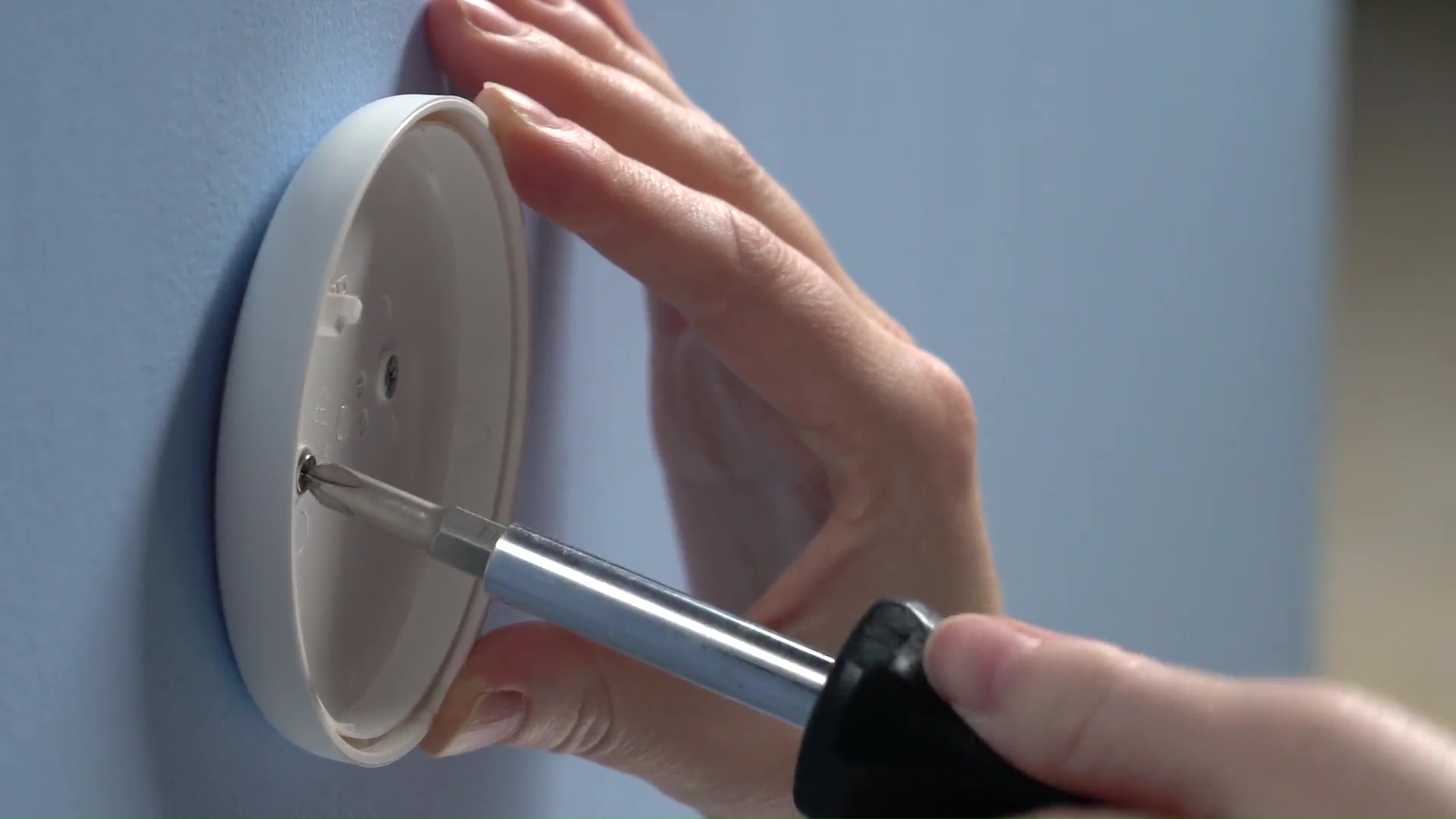
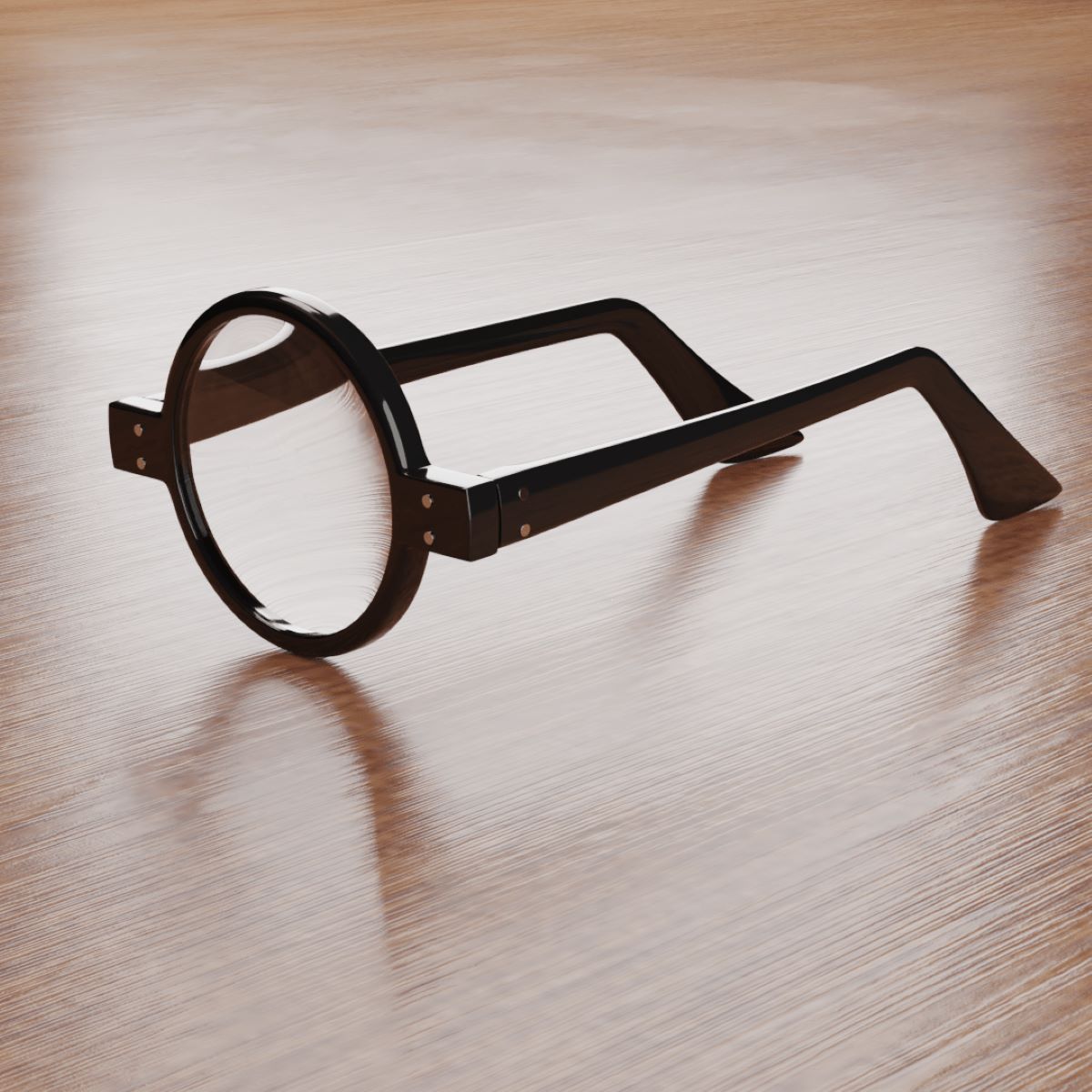

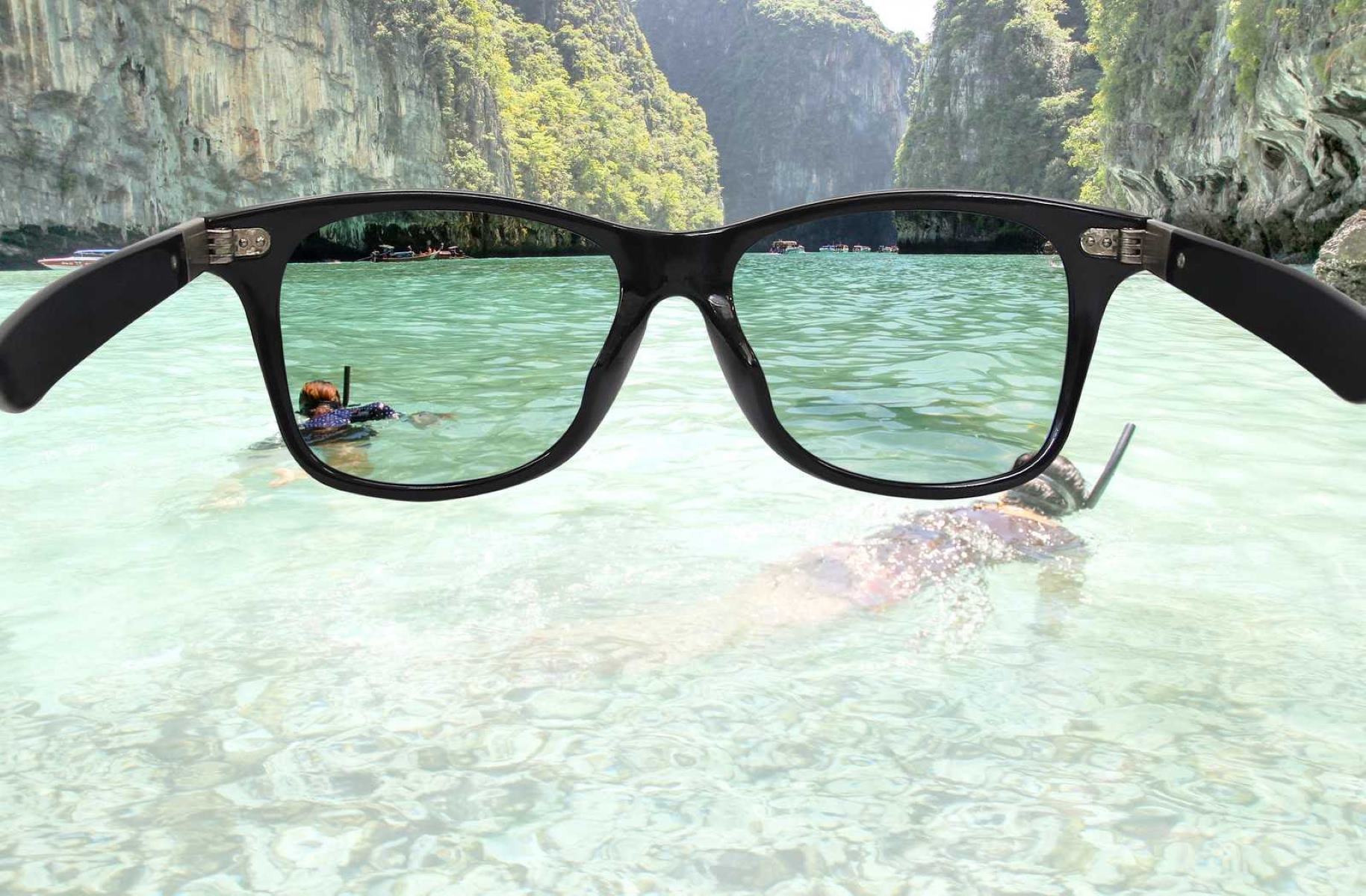
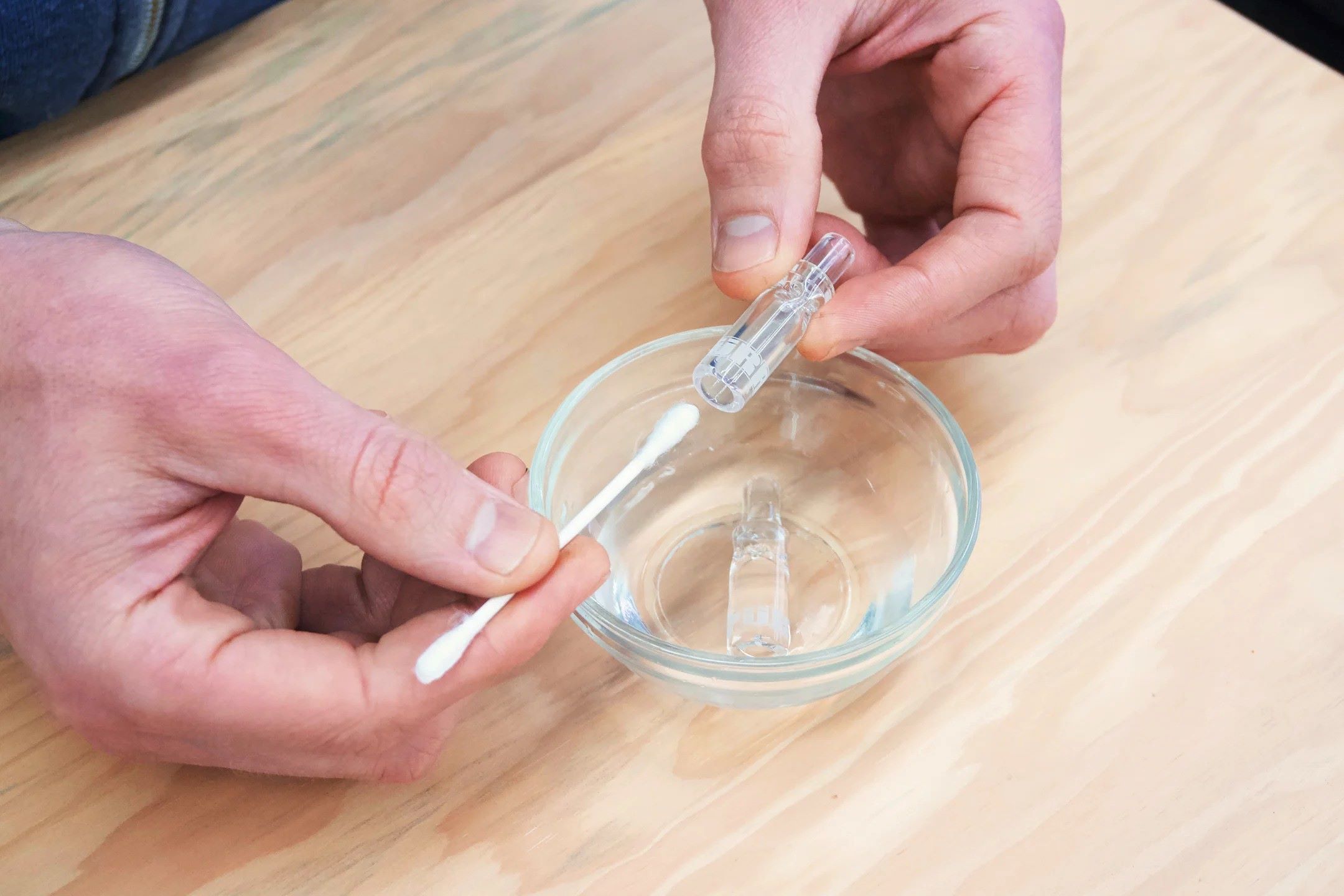

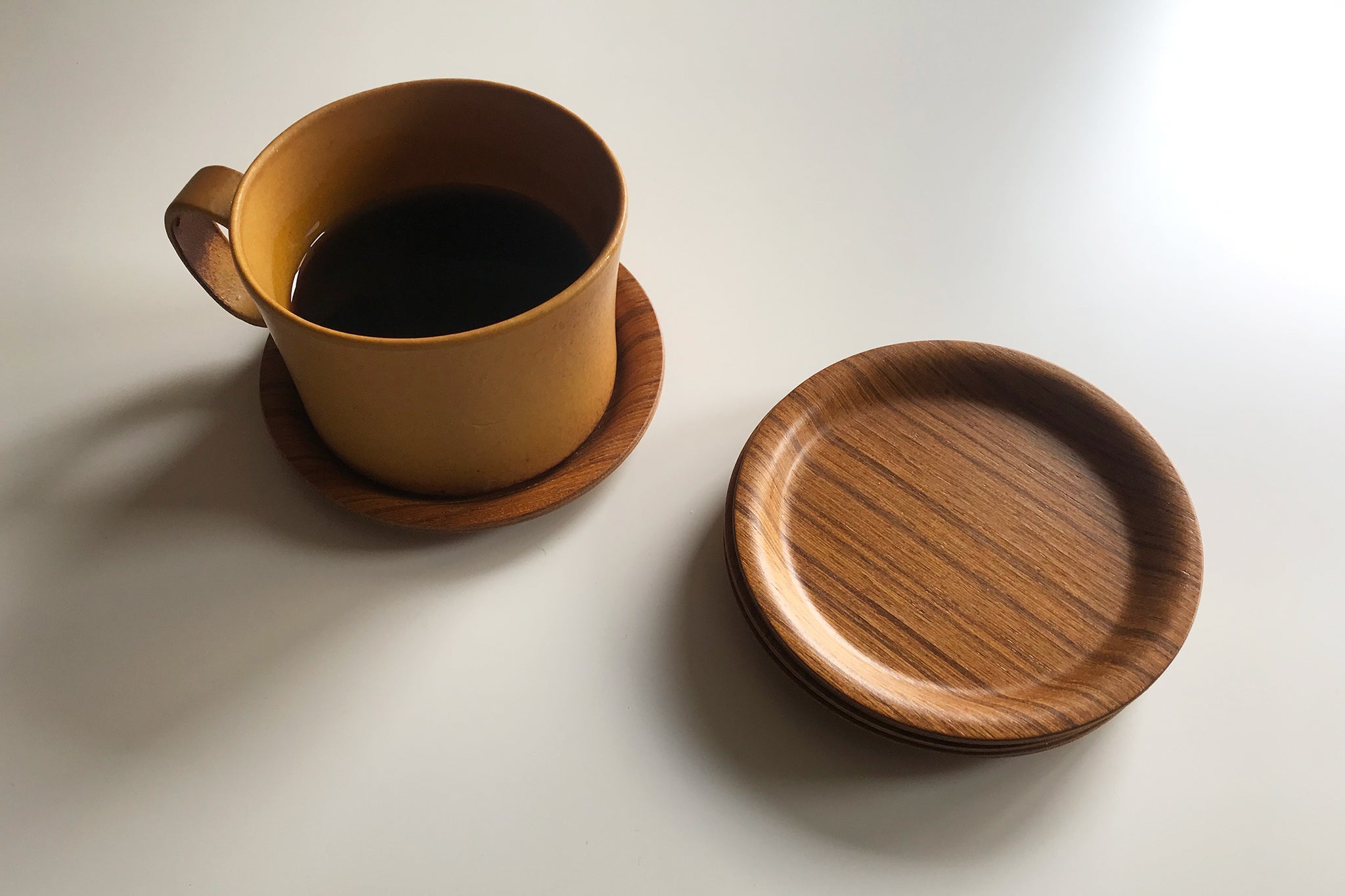


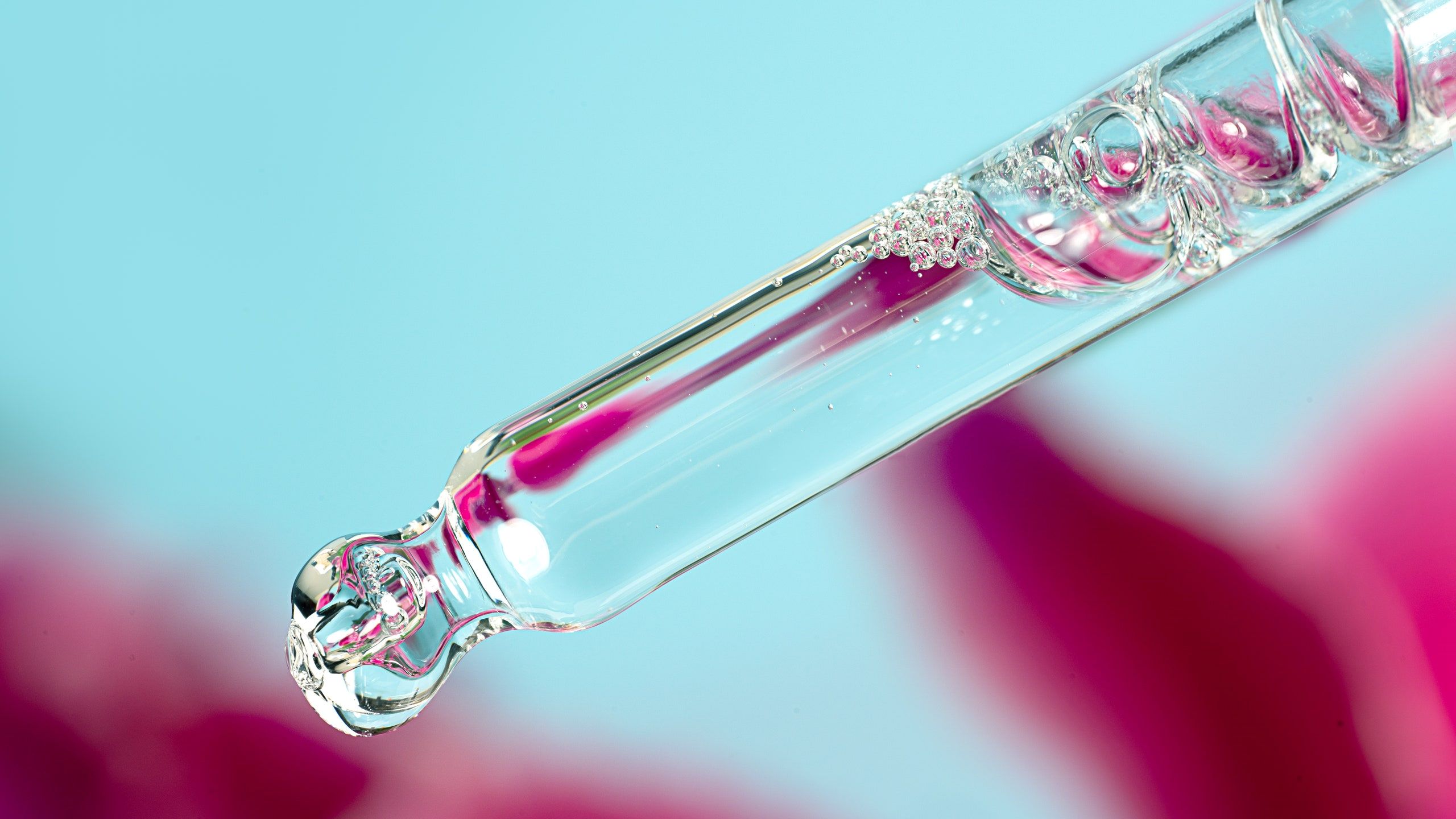
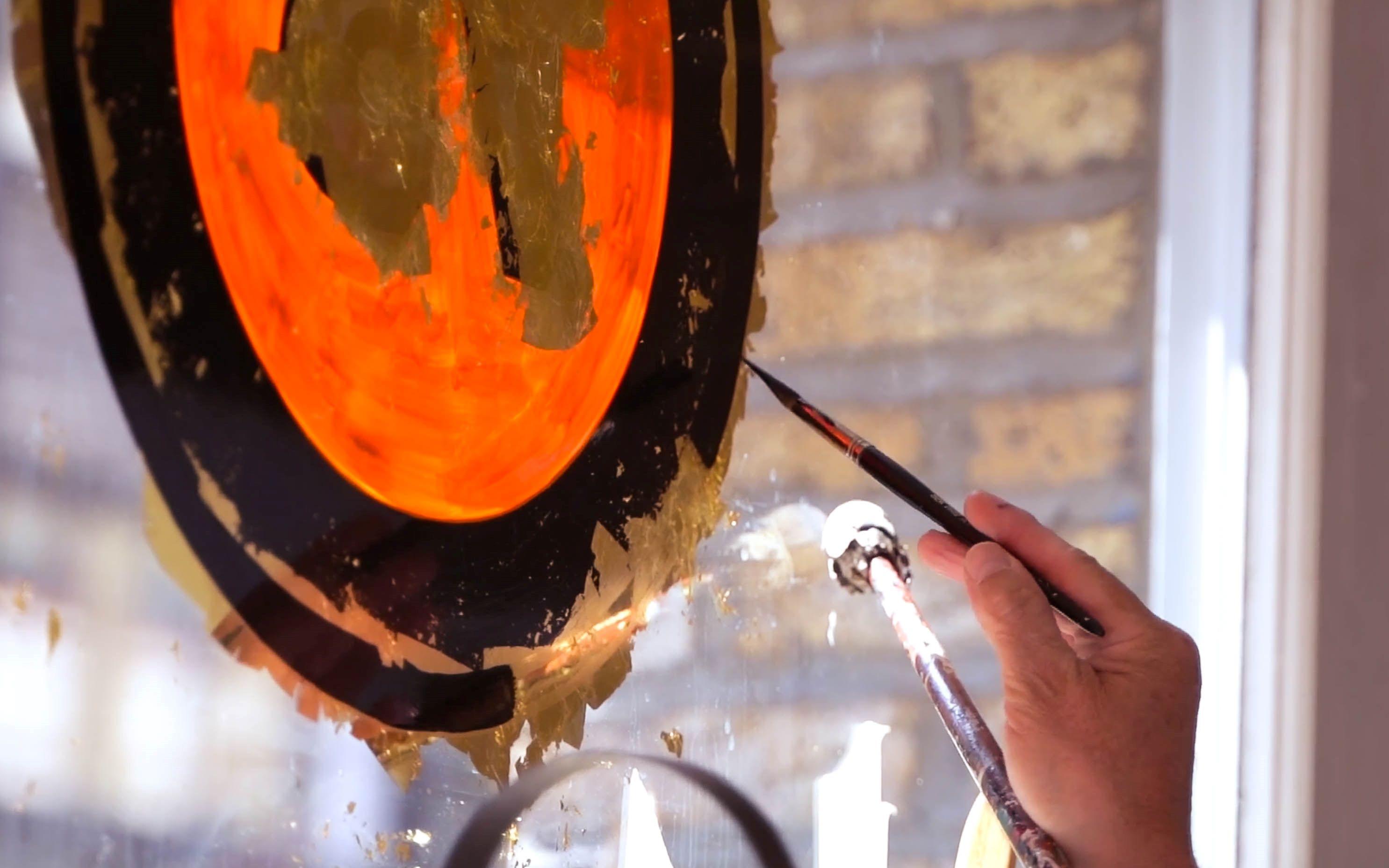

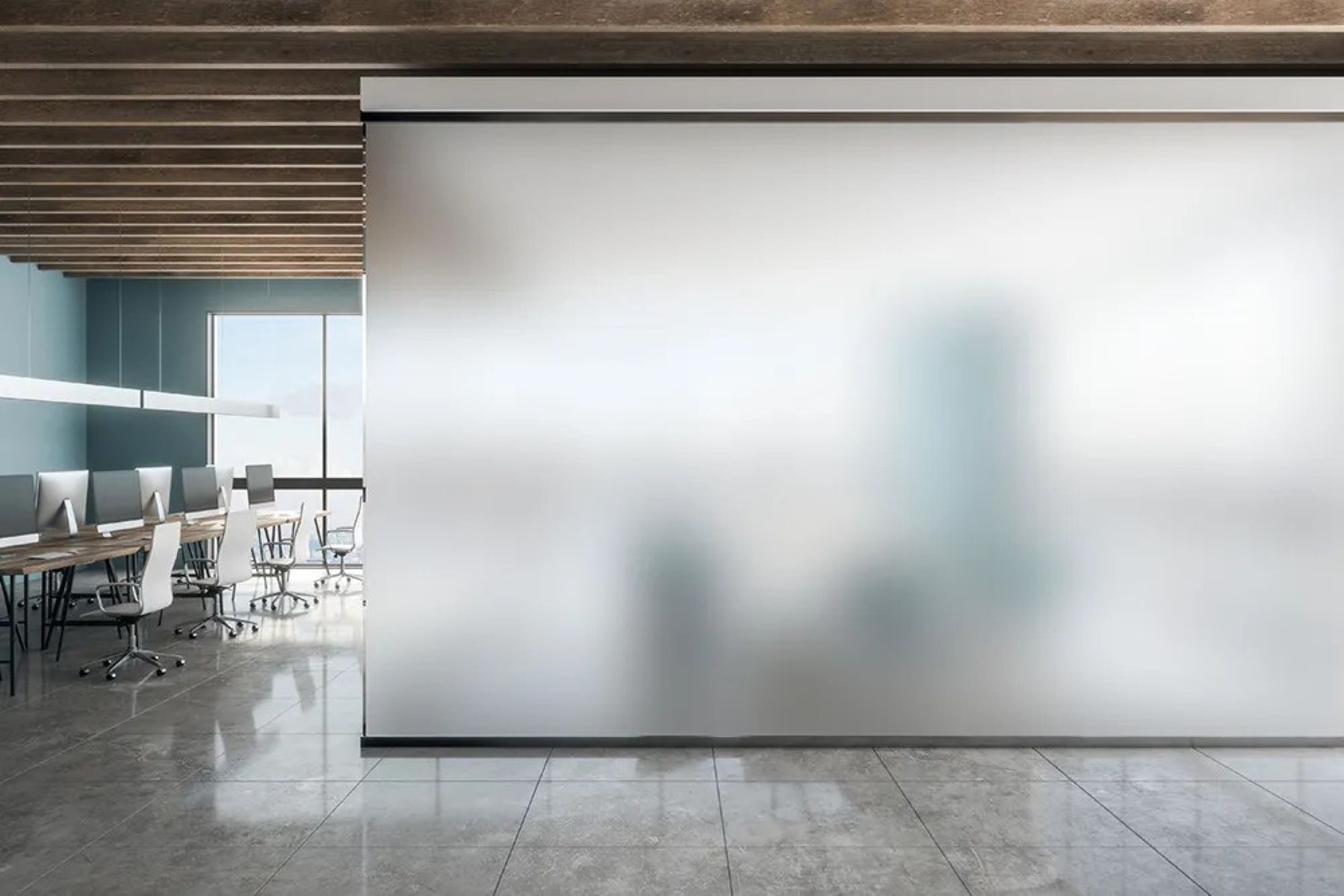

0 thoughts on “How Do Glass Eyes Work”